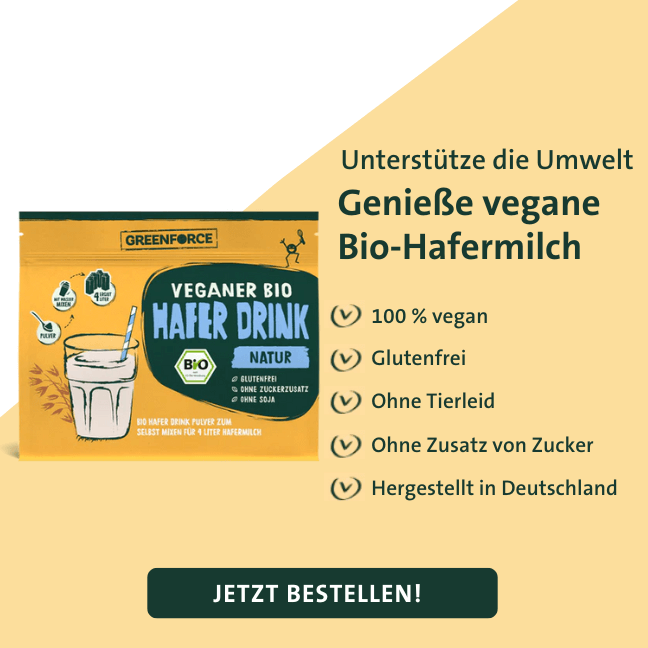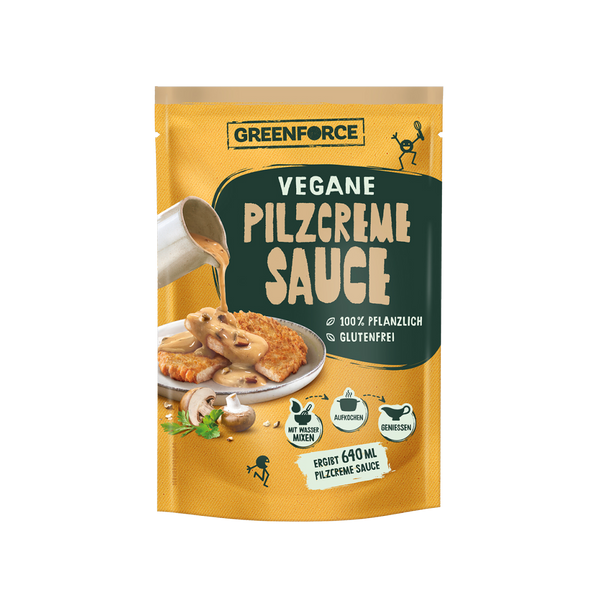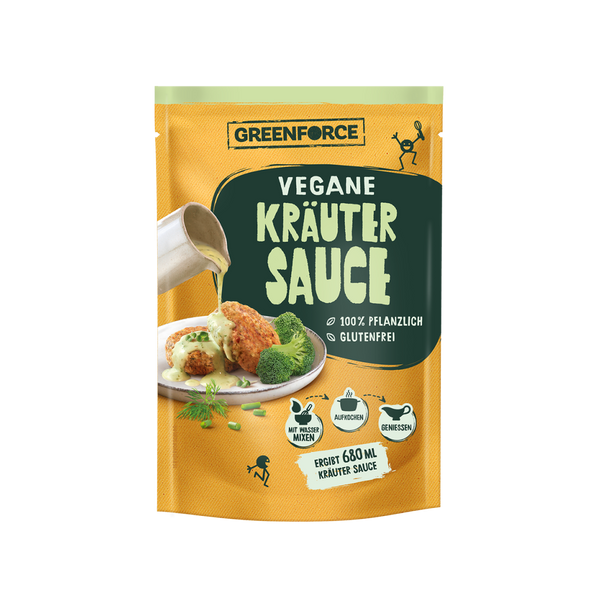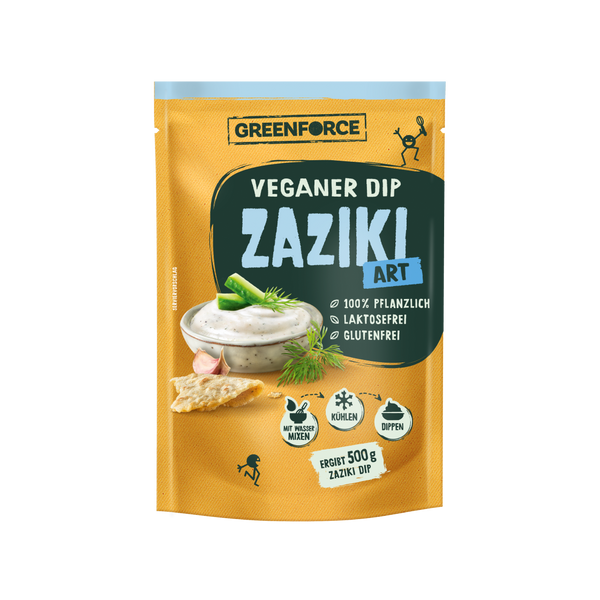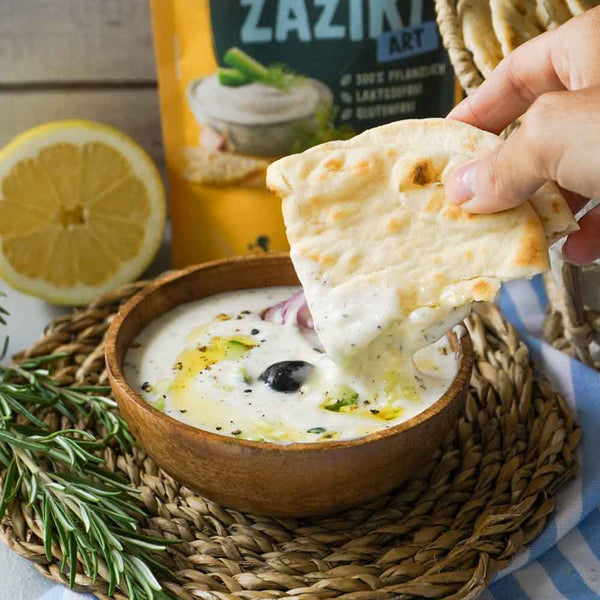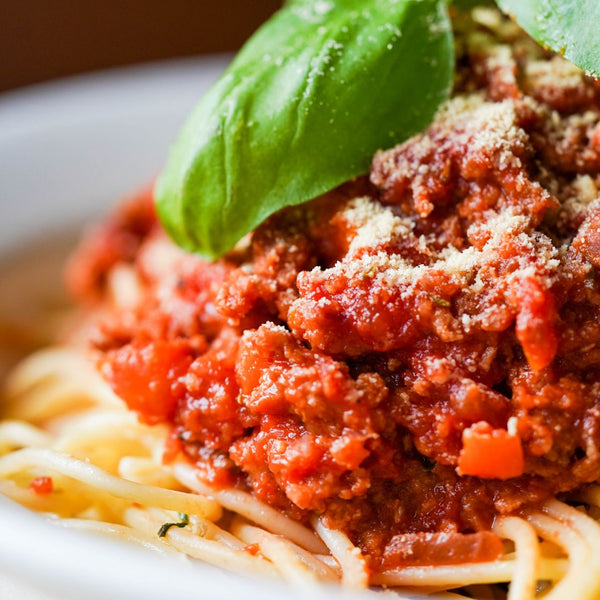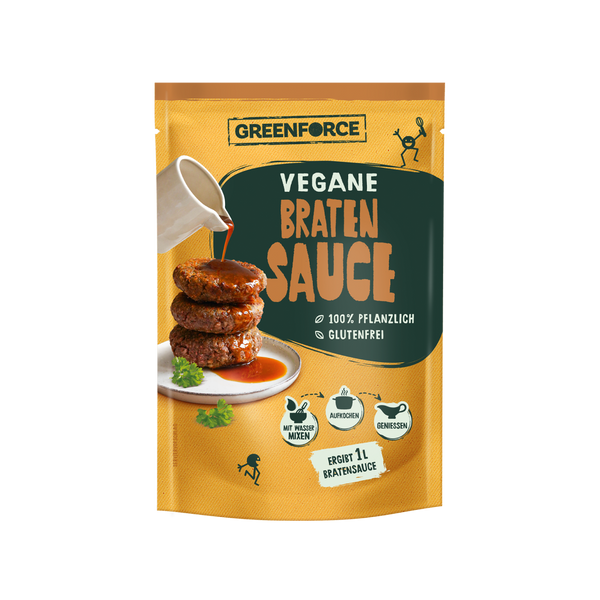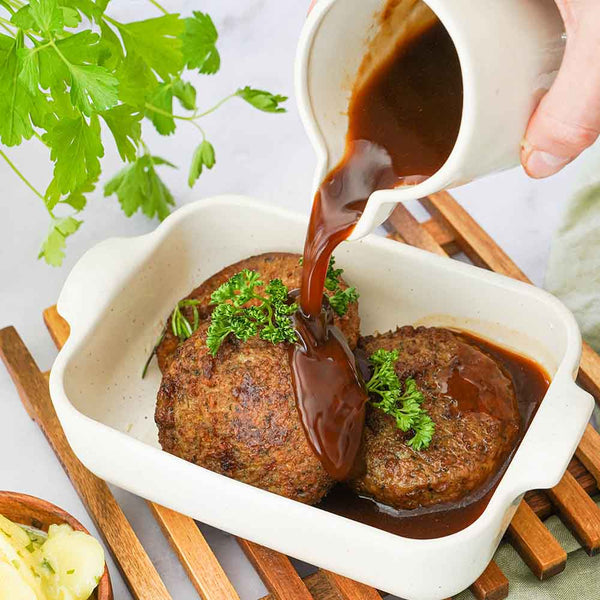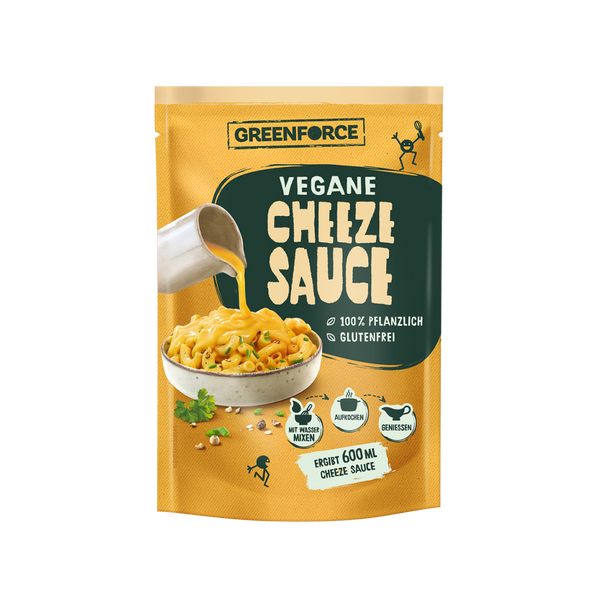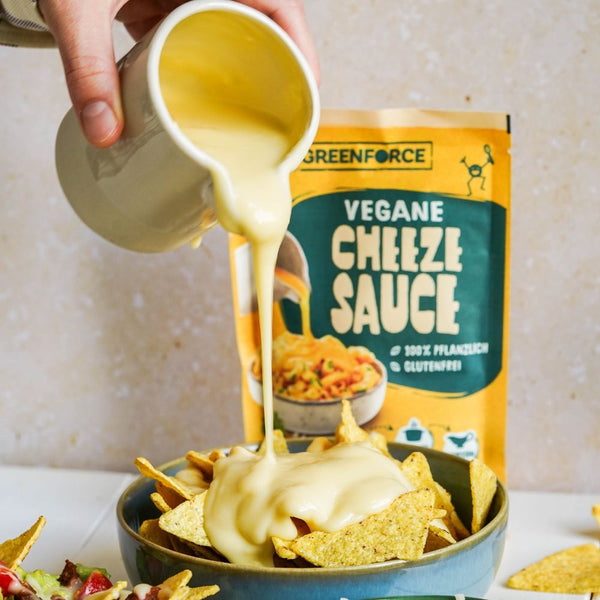Luckily, almost every supermarket now has plant-based alternatives to milk, yoghurt, meat and other animal products. This means vegans don't have to go without anything. Another option is to simply make plant-based foods at home. Today we want to tell you more about how you can make vegan cheese yourself.
Producing your own food is more work than shopping, but it has a lot of advantages. You can tailor your food to your preferences and eating habits by only using products that suit them. You can also ensure that the ingredients you choose are of high quality, for example by choosing organically grown ingredients. This way, you are doing something good for yourself and for the environment at the same time.
A highlight is when you come up with new creations for plant-based cheese . Use your favorite herbs for that special something or change the creaminess. It is also possible to add cooked vegetables or add a special touch with ground nuts. The cheese you make is also a super personal gift for your loved ones, even if they are not vegan .
Do you want to know which foods are suitable for making it and how to do it? Then you should read on in this article, because here you will find out which foods are the best basis for your cheese substitute. We will also give you a recipe with which you can make a simple, plant-based cheese .
What is special about homemade cheese?
Making an alternative to cheese at home can seem a little challenging at first - and rightly so. It takes a bit of practice to achieve the right consistency and the desired taste. One important thing is choosing the right ingredients. Yeast flakes and cashews are used as a basis.
Secondly, a powerful blender or food processor is essential for making it, especially for an alternative to cream cheese . You have to process the ingredients into a smooth and creamy mass. Before you start, make sure you have enough of a bowl ready to let the cheese dry in.
When making it, it is important that you follow the instructions in the recipe. Pay attention to the correct amount of ingredients and the soaking time. With enough experience, you can experiment later and design your own special creations. However, a simple basic recipe is recommended to start with. Be prepared for the fact that patience and time are required, as the recipe involves soaking and resting times.
You may now be asking yourself : Is it worth the effort to make the cheese substitute yourself?
The answer is yes. It's worth it! Because by making your own product, you have complete control over all the ingredients. This is a great advantage if you have a food intolerance such as lactose intolerance .
You can also ensure that only selected, high-quality ingredients go into your cheese substitute . You can avoid artificial preservatives, colorings and flavorings. Homemade plant-based cheese can therefore be healthier than store-bought cheese. Also remember to use healthy fats and a low salt and sugar content. In ready-made products, the amounts of vegan alternatives added are sometimes unnecessarily high.
Instead, refine the cheese with various spices according to your wishes. With a homemade alternative, you can contribute to your well-being.
Make your own vegan cheese: Which foods are suitable?
There are various plant-based foods that the industry is already using to produce vegan cheese. You can use them too. Plant-based milk, for example, is particularly suitable. This can be made from a variety of plants, including almonds, soy, coconuts, oats and cashews.
The milk substitute products not only offer a variety of flavors, but also serve different nutritional profiles:
- Almond milk has a slightly sweet, nutty taste and contains various vitamins.
- Soy milk has a higher protein content and a thicker consistency compared to other plant-based milks. It is particularly suitable for making an alternative to mozzarella.
- Coconut milk gives plant-based cheese a rich and creamy texture and a subtle coconut flavor. It is also a good source of healthy fats.
If you want, you can also make plant milk yourself . You don't need any special knowledge for this. You should have a nut milk bag or alternatively a tea towel ready as equipment.
Nuts are also suitable for making vegan products. Cashews are very popular due to their neutral flavor profiles and their ability to create a velvety texture. Almonds also give plant-based cheese a slightly nutty note. Macadamia nuts provide a more buttery and intense flavor.
Alternatively, you can add nutritional yeast flakes to the cheese for a spicy taste. These are rich in vitamin B and contain important minerals. If you are on a plant-based diet, you should pay particular attention to a nutrient-rich diet to prevent deficiencies.
The great thing is that you don't have to choose plant-based milk for your cheese , but can combine different types. It is also possible to mix vegan milk with yeast flakes and nuts to make the most of the benefits of the foods.
Below we have put together a rough guide for you to try making your own cheese for the first time. You can also use this later as a basis for your own individual type of cheese .
Make your own vegan cheese: Instructions for making it
One of the most popular ingredients for plant-based cheese is cashews . Soak 100 grams in hot water for a few minutes and then drain. Now it's time to use a blender or food processor. Blend the cashews with 90 ml of water, a pinch of salt and a tablespoon of yeast flakes until a creamy mass is formed. Depending on the desired consistency, you can also add more water to thin the cheese.
It is normal for the mixture to get a little hot in the blender. Also choose a large container so that nothing spills during the blending process. The next step is to get 1.5 tablespoons of a mesophilic bacterial culture to prepare the fermentation . You can buy this online, for example.
Fill the mixture into a container with a lid and add the bacterial culture . Follow the manufacturer's instructions. Normally, you seal the container airtight and place it next to the heater or in another warm place for 24 hours. On a warm summer day, for example, the balcony is also a suitable location.
After the waiting time, it's time to drain the cheese. For this, you need a cheesecloth soaked in hot water. Place this over the cheese mold, then add the cheese mixture and cover it with the cloth. Now you have to put everything in a draining bowl and wait again - up to 24 hours again, depending on the desired consistency. A regular look into the mold will tell you the consistency.
If using cheesecloth is too much effort for you, you can find alternative recipes online for agar-agar . This is the plant-based form of gelatin.
If you enjoy making your own plant-based cheese , then try our delicious vegan cheese cake from Greenforce . The baking mix contains only plant-based ingredients that come from organic farming. Fill it with your own vegan cream cheese, for example.
 Germany
Germany
 Austria
Austria
 Switzerland
Switzerland
 Netherlands
Netherlands
 Belgium
Belgium
 Luxemborg
Luxemborg








